What Does Passion Fruit Taste Like? A Sweet, Tangy Tropical Treat
Passion fruit, a tropical marvel, sparks curiosity among food enthusiasts and culinary adventurers worldwide.
Exotic and mysterious, this vibrant fruit carries an intriguing reputation that beckons taste buds to unravel its sensory secrets.
The unique characteristics of passion fruit have captivated chefs, home cooks, and health-conscious individuals seeking something extraordinary.
Its appearance might seem unassuming at first glance, but beneath that wrinkled exterior lies a world of complex flavors waiting to be understood.
Nutritionists and flavor experts have long celebrated this remarkable fruit for its distinctive profile that transcends typical fruit experiences.
Understanding the nuanced taste of passion fruit requires diving into its cultural origins, botanical characteristics, and culinary potential.
Each bite promises a journey through layers of unexpected sensations that challenge conventional fruit expectations.
Let this guide illuminate the delightful mysteries of passion fruit and transform your culinary perspective.
Passion Fruit Is Full of Zing
Passion fruit shows up in many sweet shops and coffee spots. People love its flavor and enjoy it in different dishes.
Small black seeds hide inside yellow jelly-like flesh. Sharp citrus notes mix with sweetness, creating a unique taste. Some people compare its flavor to pineapple or yellow kiwi.
Passion fruit has an amazing scent that brings memories of sunny tropical beaches. One whiff can brighten a dreary day and lift spirits instantly. Bottled perfume or mist with this fragrance would be an instant mood booster.
Passion Fruit’s Little-Known Facts
Passion fruit belongs to the Passifloraceae berry family, with its name reflecting this origin. Round and oval in shape, these fruits have thick, often inedible bitter skins. Inside, black seeds sit within a transparent, jelly-like flesh.
People enjoy passion fruit's juicy center by squeezing out its liquid or adding it to savory meals for a zesty kick. Widely cultivated now, this fruit grows successfully in tropical and subtropical regions worldwide.
Different Kinds Of Passion Fruit
Passion fruits come in more colors than the purple ones most people know. Beyond purple, these fruits show up in red, yellow, and green shades.
Here are five popular passion fruit types:
People might recognize different names for passion fruits since more than 50 types exist worldwide. These five genera are more budget-friendly for most shoppers.
All About Passion Fruit
Passion fruits come in more types than you might know! Some special kinds are waiting for you to learn about.
Here are some exciting passion fruit varieties to check out:
Purple Passion Fruit
Purple passion fruit sits on grocery store shelves waiting for shoppers to notice its unique appearance. Small like a tennis ball, this fruit shows smooth purple skin when young and develops wrinkles as it ripens.
Fruit lovers can explore different passion fruit types such as Misty Gem (known for orange or yellow pulp with tangy-sourness and guava-like flavor), Sweetheart (deep purple skin and sweet taste), Panamas, and Australian Purple - each bringing something special to the table.
White spongy sections beneath the skin should not be eaten.
Purple passion fruit delivers a strong sour-sweet profile with clear citrus notes and pleasant aromas. Compared to other passion fruit types, this version feels less juicy.
People can enjoy purple passion fruit in multiple ways:
Chefs and home cooks appreciate its versatility in breakfast menus and recipe preparations.
Golden Passion Fruit
Yellow passion fruits carry their name from skin colors ranging from bright yellow to pinkish-orange. These fruits with Y as their initial letter come from a hybrid of purple passion fruit and sweet passion, likely starting in Australia.
Skin colors shift lighter or darker based on soil conditions and growth environments. Ripe yellow passion fruits have gelatinous flesh with seeds separated from white membranes.
People can open them and quickly pour contents into a bowl without using spoons to scrape. Their interior shows an orange-ish color with sweet, acidic, and mild floral notes, working perfectly as toppings or ingredients for summer salads.
Soft pulp remains completely edible and people can extract flesh to create bite-sized desserts like mochi, which taste even more delightful. Cooking this sweet-tart pulp into jams, syrups, and sauces makes mouths water with excitement.
Banana Passion Fruit
Banana passion fruits look just like bananas but hide a passion fruit center. Skin colors shift from green to light yellow. People can find this fruit all year, but spring and fall offer the best harvest times.
Slice the fruit down its middle to reveal a bright orange jelly-like center. Banana passion fruits have a long oval shape with strong orange notes. Compared to purple passion fruits, these have less sweetness and less acid. Fruit pulp works well in eating and offers a slightly tangy, sour flavor.
Sweets lovers appreciate this fruit's unique taste. Chefs use banana passion fruits in many dessert recipes, sweet treats, and drink mixes. Since these fruits come from Hawaii, they make perfect additions to island-style meals. Seeds pack a harsh bitter punch, so people should remove them before enjoying the fruit.
Granadilla
Granadillas belong to a completely different group of passion fruit, originating from South and Central America with deep historical roots.
People notice these passion fruits stand out because of their extra sweetness and less sour taste. Some might detect a subtle grapefruit-like bitter note when eating them.
People sometimes mix up granadillas with yellow passion fruit. Key differences appear in their inner flesh. Yellow passion fruit contains yellow or orange-like jelly flesh, while granadillas show white creamy transparent flesh with grey flat edible seeds.
Chefs prefer using granadillas in their fresh state instead of cooking them into sauces or savory dishes like purple passion fruit. Their high sugar levels make them perfect for sweet treats, including delicious cake toppings and smooth creamy desserts.
Sweet Granadilla
Sweet granadilla goes by sugar fruit nickname. Round and oval shaped, it looks similar to purple and yellow passion fruit but bigger than purple and banana types. Skin feels tough, and people can crack it open easily with bare hands.
Shoppers find sweet passion fruits across Mexico, South Peru, Central America, and other regions. Hawaii serves as a paradise for tropical fruit lovers.
Personal favorite describes this granadilla perfectly. White-yellow transparent flesh offers super juicy, mucilaginous, sprightly, and aromatic flavor. One taste hooks you immediately!
People enjoy these fruits in multiple ways. Direct eating works wonderfully. Mixing with egg white and whipping cream creates an amazing Brazilian dessert: passion fruit mousse. Another delicious option includes adding sugar and condensed milk, then serving with shaved ice.
Giant Granadilla (Giant Passion Fruit)
Summer brings out this fruit's gorgeous scent of strawberry, melon, and citrus. Its rough look hides a mild passion fruit waiting to be enjoyed.
People might struggle to describe its papaya-sized taste. Sweet like a pear with soft white pulp, the fruit carries a smooth melon and guava-like flavor. While its peel is edible, most folks prefer removing it before eating.
Arils provide the most flavorful bite with a gentle acidity. People who dislike sharp sourness will appreciate this passion fruit's mellow profile. Even unripe fruits work well as vegetable-like ingredients.
Giant granadillas shine when mixed with other tropical fruits such as mango and papaya. Cooks love adding this fruit to guava recipes for both savory and sweet dishes. Fruit salads and smoothies also benefit from its rich flavor boost.
Passion Fruit Is Very Healthy
Passion fruits bring more than just great flavor to your plate. These little fruits pack serious health benefits that make them worth eating.
Small but mighty, passion fruits can help your body stay strong and healthy.
Helps Defend Against Illness
Immune systems protect bodies from sickness in powerful ways. Strong defense helps people fight off small and serious health challenges.
Passion fruits pack lots of helpful nutrients like vitamins A and C. These special ingredients combat stress inside body cells and stop harmful swelling that connects to heart concerns and brain disorders.
Gives Plenty Of Fiber
Fiber plays a key role in keeping bodies working well. People cannot skip this important nutrient because it helps protect digestive health, supports smooth bowel movements, and stops various health problems. Passion fruit pulp works as an excellent fiber source for anyone seeking natural nutrition.
Daily fiber intake can lower blood cholesterol and help blood move smoothly through veins and arteries. People who feel tired of regular vegetables might want to try passion fruit for a tasty change in their diet.
Passion fruits pack powerful health benefits by reducing extra cholesterol in blood vessels. These small fruits can help shield people from potential heart-related medical issues through their natural protective properties.
Supports Diabetes Control
Passion fruits offer benefits for people managing diabetes due to their low glycemic index. Research suggests black seeds within these fruits contain special compounds that might improve how the body handles insulin.(4)
Strong insulin sensitivity shields you from dangerous health problems, with diabetes being a key concern.
Regular passion fruit eating provides solid health perks and poses almost no risks. Anyone without a passion fruit allergy could safely add these fruits to their meal plans.
How to Pick the Best Passion Fruit
Passion fruit shopping can be tricky. Smart shoppers know how to pick perfect fruits every time. Learning key selection tips helps you avoid disappointing purchases. Here are simple ways to choose top-quality passion fruits without stress:
Wrinkled Passion Fruit Skins
Purple passion fruits show clear skin changes during ripening. Their skin starts smooth and firm when unripe.
Sweet passion fruits have different ripening signs. This method works best with purple passion fruits.
Other types do not follow the same skin transformation pattern.
Passion Fruit Colors: Purple, Green, Yellow
Banana passion fruit and giant granadilla are two passion fruit types you can enjoy when green or ripe.
Each fruit has specific ripeness signals.
Banana passion fruits develop a banana-yellow skin. Giant granadilla shifts from light green to yellow-green when ready to eat.
Purple passion fruits show ripeness through even purple skin color. Golden and sweet passion fruits signal readiness with orange or yellow skins.
Heavy Passion Fruit Means Ripe
Ripe passion fruits weigh more than unripe ones. Their extra weight comes from increased juice and moisture inside the fruit's flesh.
When passion fruits become heavier, they signal they are ready to eat. This simple weight test works perfectly for all passion fruit varieties.
Shake Passion Fruit Gently
Shake those fruits gently to check their ripeness. Listen closely as you move them around.
Feeling liquid and pressure inside means the fruits are packed with sweet, tasty goodness. This trick works perfectly for all five fruit types you want to test.
Strong And Lovely Aroma
Last and most important, smell matters when picking passion fruits. Bad passion fruits have little to no smell.
Good passion fruits smell strong with citrus notes and a sweet scent. You can use this method for all kinds of passion fruits.
Tips stay useless unless you practice them. Try my suggestions soon and tell me about what you learn!
Store Passion Fruit the Easy Way
Passion fruits spoil quickly, so smart storage matters. People who love these tangy treats need good preservation methods.
Here are simple ways to keep passion fruits fresh and tasty longer.
Store At Normal Temperature
Snack treats stay best when kept away from light, oxygen, and heat. Store them in a cool, dark spot on your kitchen counter or pantry.
When stored correctly, these yummy bites can remain fresh for three to six months.
Store Passion Fruit In Fridge
Scoop out passion fruit seeds and pulp into a sealed plastic bag. Store the bag in your refrigerator.
These fruits stay fresh for about a week or 10 days.
Another method works well too.
Keep whole passion fruits in plastic bags inside the fridge. Sealed bags stop fruits from drying out.
This approach lets passion fruits last up to one month.
Freeze Dragon Fruit
Dragon fruit can stay good in your freezer for about 3 months. Saving this fruit is simple and quick.
Cut dragon fruit into small, matching pieces.
Spread the fruit chunks on a baking sheet, keeping space between each piece.
Place the sheet with dragon fruit pieces into the freezer.
Let the chunks freeze solid for several hours.
Remove the sheet and move the frozen pieces to a plastic container. Store the container back in the freezer.
Getting Passion Fruit Ready to Eat
Passion fruits are simple to work with. Seeds can be eaten with their tasty pulp or strained using a fine sieve for specific juice-based recipes.
Helpful tips exist for removing fruit flesh from different passion fruit types.
Recipes That Star Passion Fruit
Passion fruits pop up in many meals, whether salty or sugary. Stuck on what to cook for dinner with a tropical twist?
Check out these helpful recipes that might spark your cooking excitement.
Hurricane Drink With Passion Fruit
Tropical cocktails shine with passion fruit, and hurricane drinks scream summer vibes. Making this classic hurricane cocktail gives you an amazing refreshing sip perfect for warm-weather parties!
Scallop Slices With Passion Fruit
Scallop Carpaccio With Passion Fruit brings magic to your dinner table. Fresh ingredients dance together without needing any cooking.
Light and delicate scallops meet tangy passion fruit in one perfect bite. Balsamic vinegar adds rich flavor that makes this starter special.
Each mouthful tells a story of fresh ocean and tropical sweetness. You will love how simple yet stunning this dish feels on your palate.
Passion Fruit Salad Dressing
Passion fruit can make incredible salad dressings. My Passion Fruit Vinaigrette recipe stands out as an amazing choice for anyone who loves tasty dressings.
Making this recipe takes just 5 minutes. You will want to pour this mixture on everything after trying it once, not just salads.
Grilled Shrimp With Passion Fruit
Seafood takes center stage for our main course. After suggesting scallops as an appetizer, shrimp skewers feel like a perfect follow-up.
Grilled Passion Fruit Shrimp Skewers sound like a delicious memory of sunshine and ocean waves.
Each bite brings together complex taste sensations.
Spicy notes mix with sour hints, a touch of salt, and sweet passion fruit flavors. Succulent shrimp carry these wonderful tastes, creating a memorable meal.
Seafood lovers can experiment with different fish types to make this recipe their own.
Passion Fruit Coconut Parfait
Passion fruit desserts bring delightful endings to tropical meals. Sweet treats work wonderfully with this tangy fruit, especially when paired with creamy textures.
Passion Fruit and Coconut Cream Parfaits offer a delicious solution for anyone wanting something special after dinner.
Passion Fruit Taste and FAQs Shared
1. Can you eat passion fruit seeds?
Yes, you can safely eat the seeds! They add a fun crunch and are packed with healthy nutrients and fiber.
2. Is it okay to eat passion fruit every day?
Yes! Eating passion fruit regularly can be good for you. It’s full of vitamins, fiber, and antioxidants that help support your overall health.
3. Does passion fruit help with weight loss?
Passion fruit is low in calories, high in fiber, and can help you feel full. It also has nutrients that support digestion, which can be helpful if you’re trying to lose weight.
4. What can I use if I don’t have passion fruit juice for a recipe?
You can use drinks like Hawaiian Punch or a mix of mango and pineapple juice for a similar tropical flavor and color in drinks or desserts.
5. How long does passion fruit puree last?
If kept in a clean, cool place, passion fruit puree can last about 1–2 months. Store it in the fridge once opened, and always keep it covered.
6. What fruits taste most like passion fruit?
Fruits like mango, pineapple, guava, and papaya have a similar sweet-tart, tropical flavor. While they aren’t exactly the same, they work well as substitutes in recipes.
7. How do I know when passion fruit is ripe?
A ripe passion fruit will look wrinkled and feel heavy for its size. The skin should be deep purple or yellow, and the fruit will smell fragrant.
8. Can you freeze passion fruit pulp?
Absolutely! Just scoop out the pulp and store it in an airtight container in the freezer. It’s great for smoothies or desserts later on.
Know How to Enjoy Passion Fruit Now?
Have you discovered the answer about passion fruit's flavor? I hope you found helpful details. Discussions today covered many fascinating aspects of passion fruits, reaching well beyond simple taste descriptions.
Knowledge has expanded about passion fruits, including:
Sharing brings joy, and I'm happy to help. Feel welcome to ask questions or offer comments. Connections matter most!

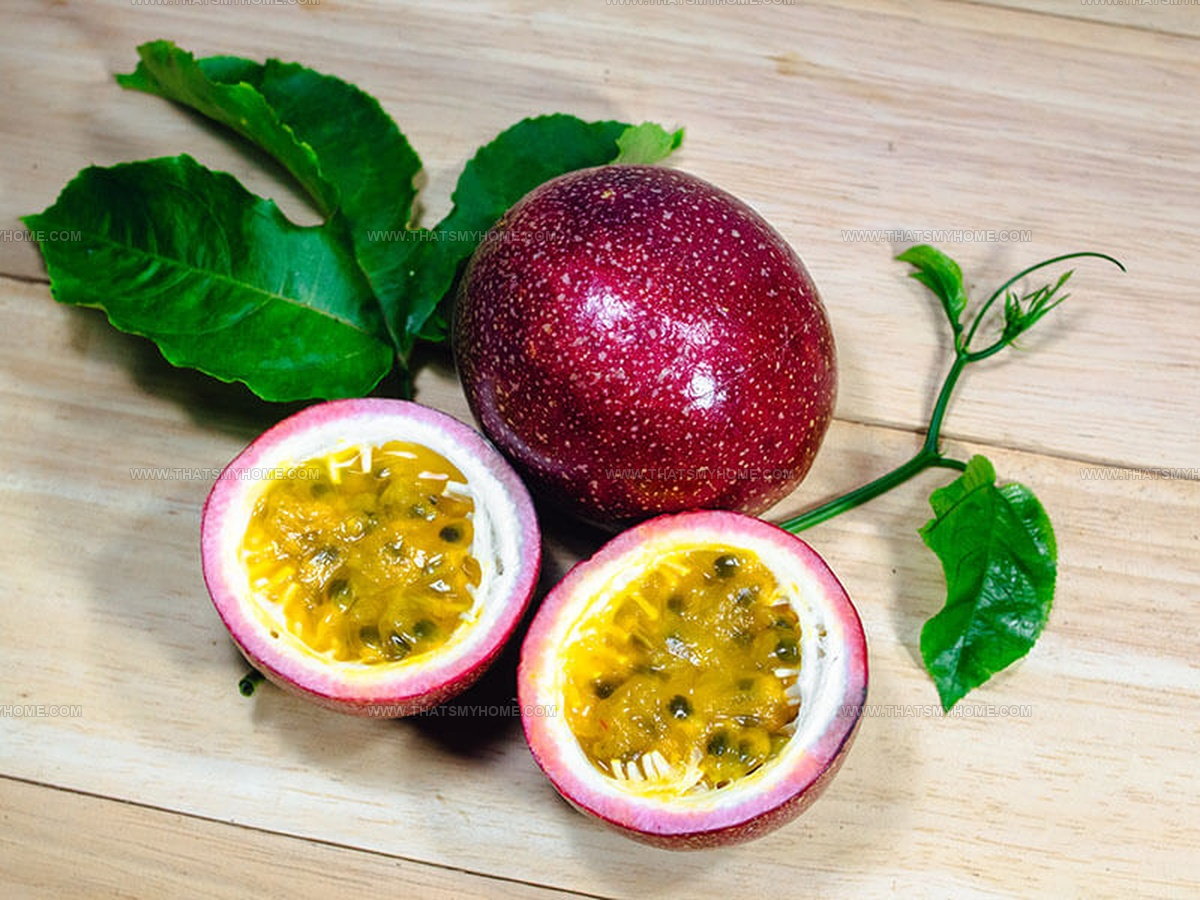
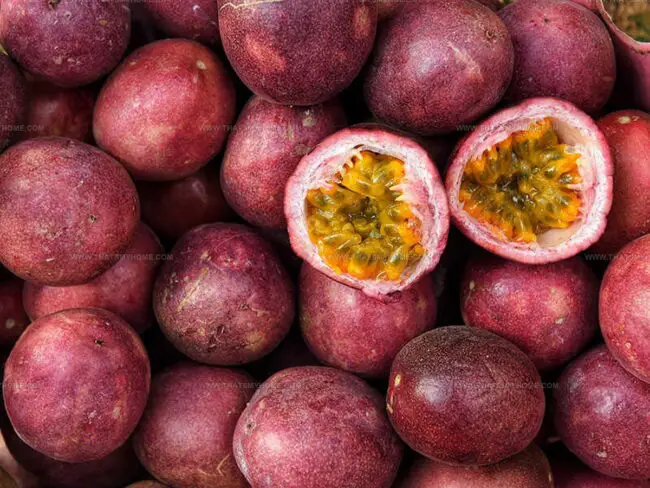
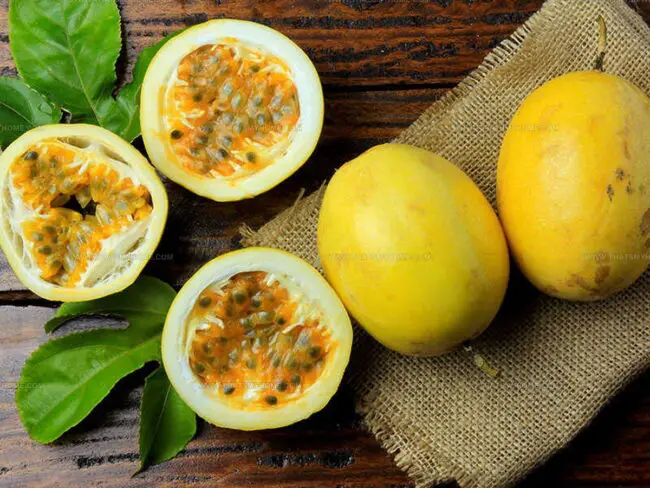
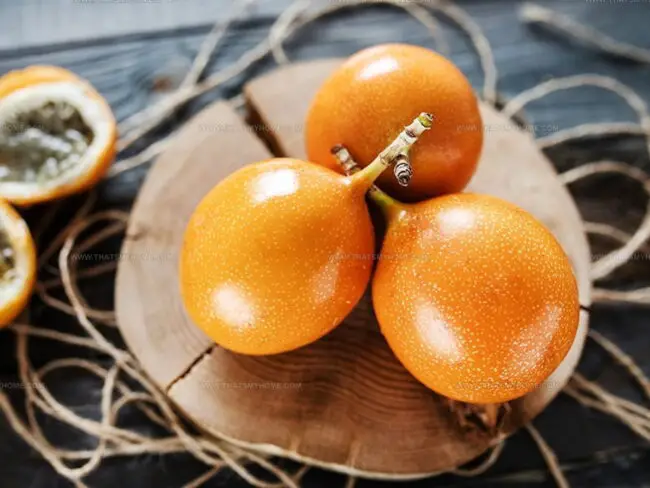
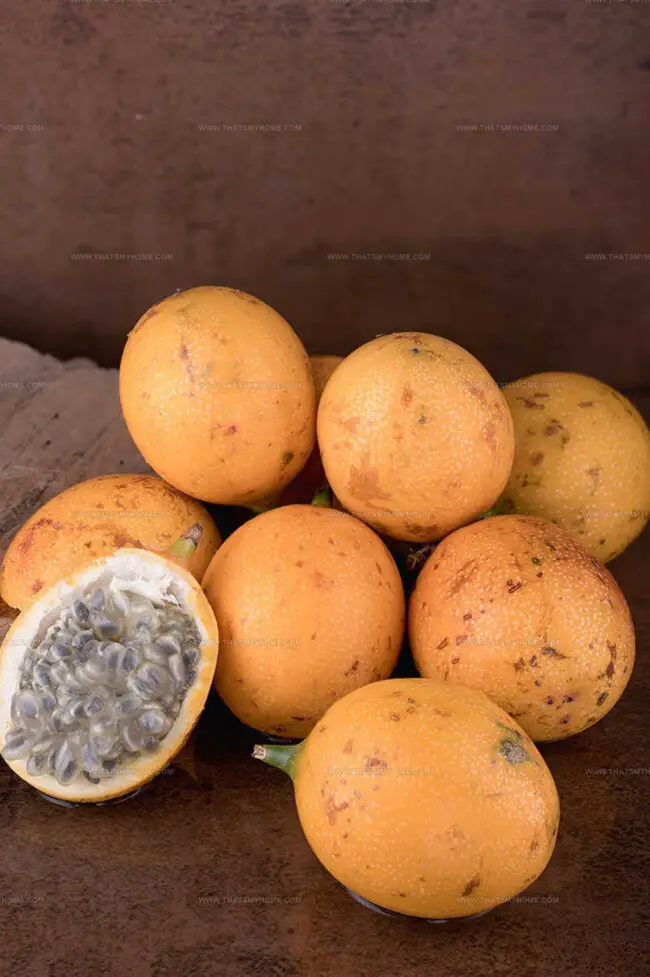
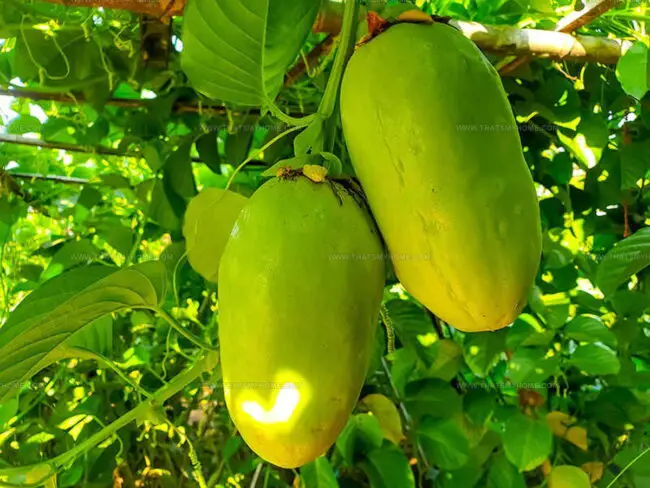
Mary Ellen
Expertise
Education